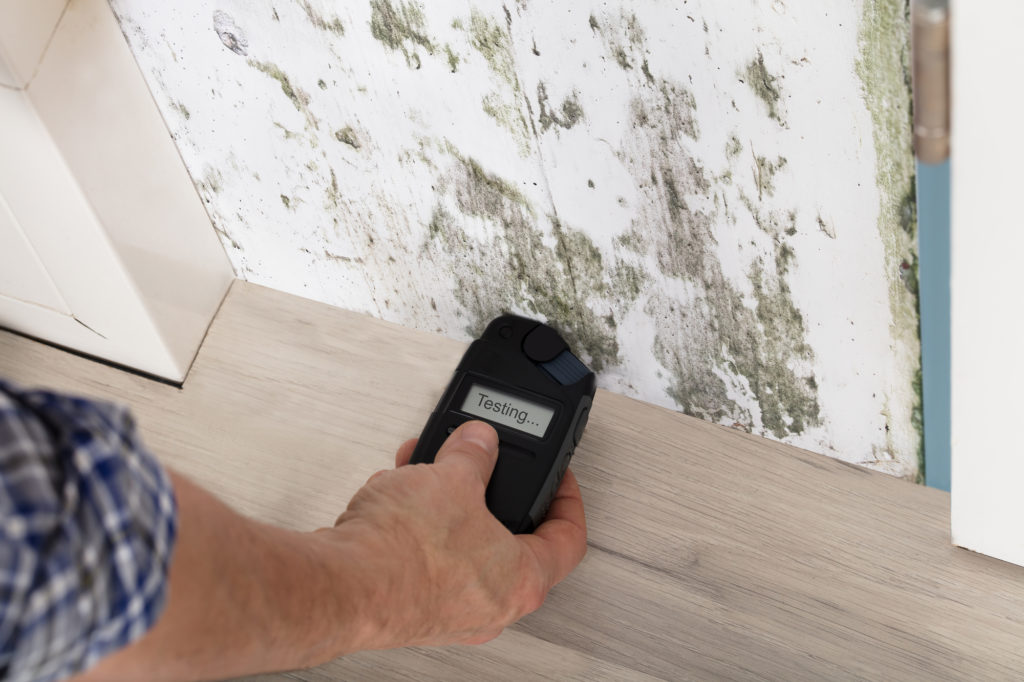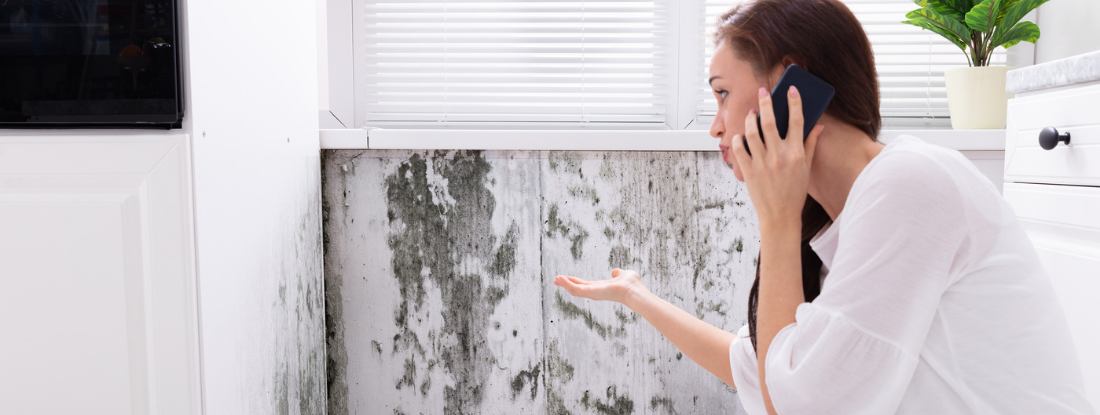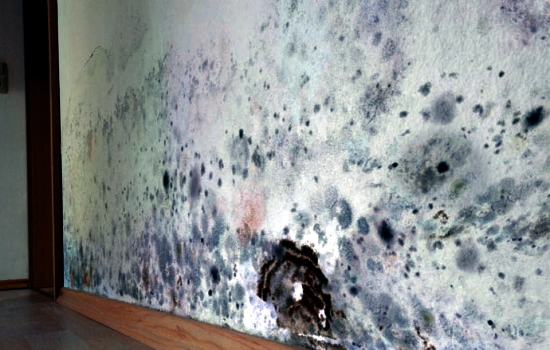After Mold Remediation Methods for Clean Spaces
After Mold Remediation Methods for Clean Spaces
Blog Article
Effective Blog Post Mold And Mildew Removal Solutions for Your Home
Mold and mildew development in homes can be a persistent issue, commonly requiring a systematic technique for efficient post-remediation remedies. From recognizing the variables that add to mold and mildew development to implementing correct cleansing techniques and moisture control measures, the procedure can be complex yet vital for maintaining a healthy and balanced living environment. Furthermore, exploring all-natural removal remedies and developing a routine for ongoing maintenance are necessary parts of an extensive mold and mildew removal technique. As homeowners make every effort to address mold concerns, finding the most reliable solutions becomes paramount for the health of their families.
Comprehending Mold Growth Factors
Mold growth is affected by a variety of variables that are important to comprehend in order to efficiently address and prevent its expansion. Comprehending these variables is important in implementing effective mold removal approaches. The key variable adding to mold and mildew development is moisture. Mold and mildew spores need dampness to thrive and sprout, making damp or damp settings extremely at risk to mold and mildew invasions. Poor air flow can likewise result in moisture build-up, developing a suitable breeding place for mold and mildew.

In addition, air flow and light exposure can impact mold and mildew development. Areas that lack proper air flow and natural light are more vulnerable to mold and mildew growth. By dealing with these elements adequately, individuals can efficiently minimize mold development and guard their living environments.
Appropriate Mold And Mildew Cleaning Methods
Utilizing efficient cleansing approaches is crucial in stopping the reappearance and addressing of mold contamination in interior atmospheres. When dealing with mold and mildew, it is important to prioritize security by putting on safety equipment such as masks, safety glasses, and handwear covers. The initial step in proper mold cleaning is to contain the affected location to stop the spread of spores to uncontaminated areas. This can be attained by sealing the space and making use of air scrubbers or unfavorable air machines to maintain air quality.

Implementing Wetness Control Procedures
To successfully protect view publisher site against mold development and contamination in indoor settings, executing dampness control steps is critical. Additionally, making sure proper ventilation in locations prone to moisture accumulation, such as kitchen areas and bathrooms, can assist lower the risk of mold and mildew development. By carefully implementing these wetness control procedures, homeowners can efficiently lower the chance of mold and mildew recontamination and preserve a healthy and balanced indoor environment.
Using Natural Removal Solutions
After successfully executing dampness control actions to avoid mold growth in interior environments, property owners can currently discover the performance of all-natural removal options in maintaining a healthy space. Natural Check Out Your URL remediation services use ecologically friendly methods to fight mold and mildew, making them a prominent option for those seeking non-toxic options. One such option is utilizing vinegar, an all-natural antimicrobial agent, to disinfect and clean surface areas contaminated by mold and mildew. Merely thin down vinegar with water and spray it onto the influenced locations, permitting it to rest for a couple of hours prior to wiping tidy. Furthermore, tea tree oil, understood for its antifungal homes, can be mixed with water and sprayed onto mold-infested surface areas to hinder additional growth. Another all-natural option is hydrogen peroxide, which can effectively eliminate mold on various surface areas without leaving unsafe residues behind. By incorporating these all-natural remediation solutions right into their cleansing regimens, home owners can properly deal with mold and mildew development while promoting a healthier indoor atmosphere for themselves and their families.

Preserving a Mold-Free Setting
Frequently examining areas prone to mold and mildew growth, such as bathrooms, basements, attics, and kitchens, is essential. Correct ventilation in areas with high moisture levels is additionally crucial to avoiding mold and mildew development.
Furthermore, keeping cleanliness in the home is vital for mold prevention. Maintaining interior plants in check and ensuring proper drainage in outdoor landscape design can minimize moisture build-up, minimizing the probability of mold and mildew invasions.
Conclusion
To conclude, it is important to deal with mold and mildew growth variables, use correct cleaning methods, carry out wetness control steps, make use of all-natural removal services, and keep a mold-free setting in order to efficiently manage message mold and mildew removal in your home - testing air quality after mold remediation. By following these methods, you can prevent mold from persisting and get more make certain a healthy living atmosphere for you and your household
The key factor contributing to mold growth is wetness. Mold and mildew spores call for moisture to flourish and sprout, making damp or humid atmospheres very at risk to mold and mildew infestations.To efficiently stop mold and mildew development and contamination in interior settings, applying dampness control actions is extremely important. In addition, ensuring proper ventilation in areas vulnerable to moisture build-up, such as bathrooms and kitchens, can assist minimize the danger of mold growth.After successfully implementing dampness control actions to prevent mold development in interior atmospheres, house owners can now explore the effectiveness of all-natural remediation remedies in keeping a healthy and balanced living area.
Report this page